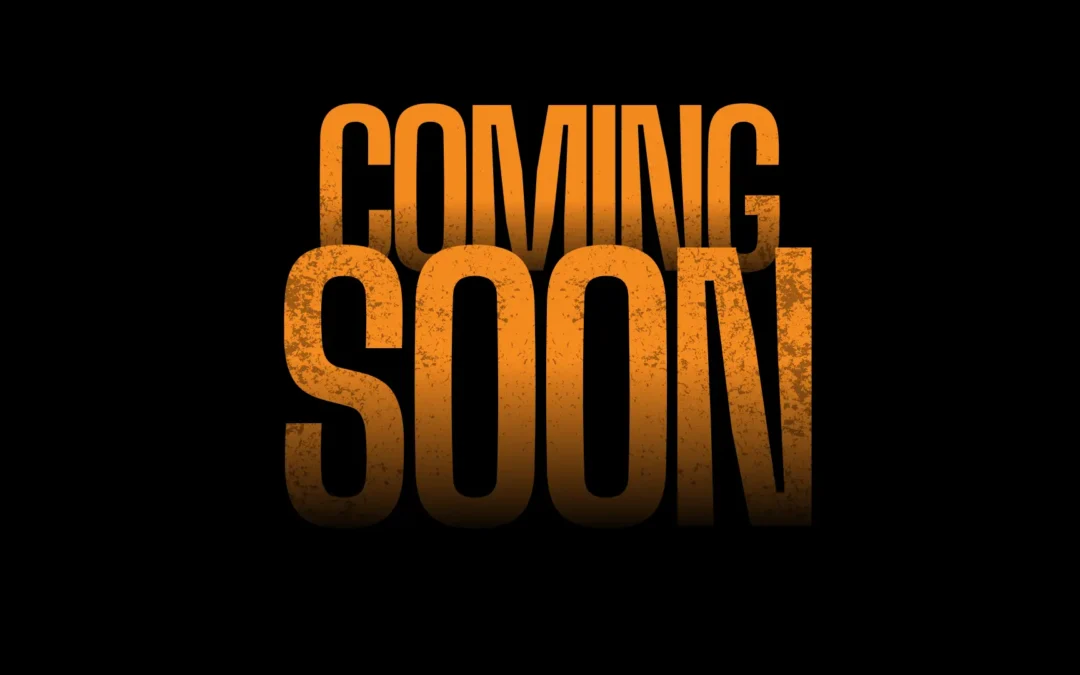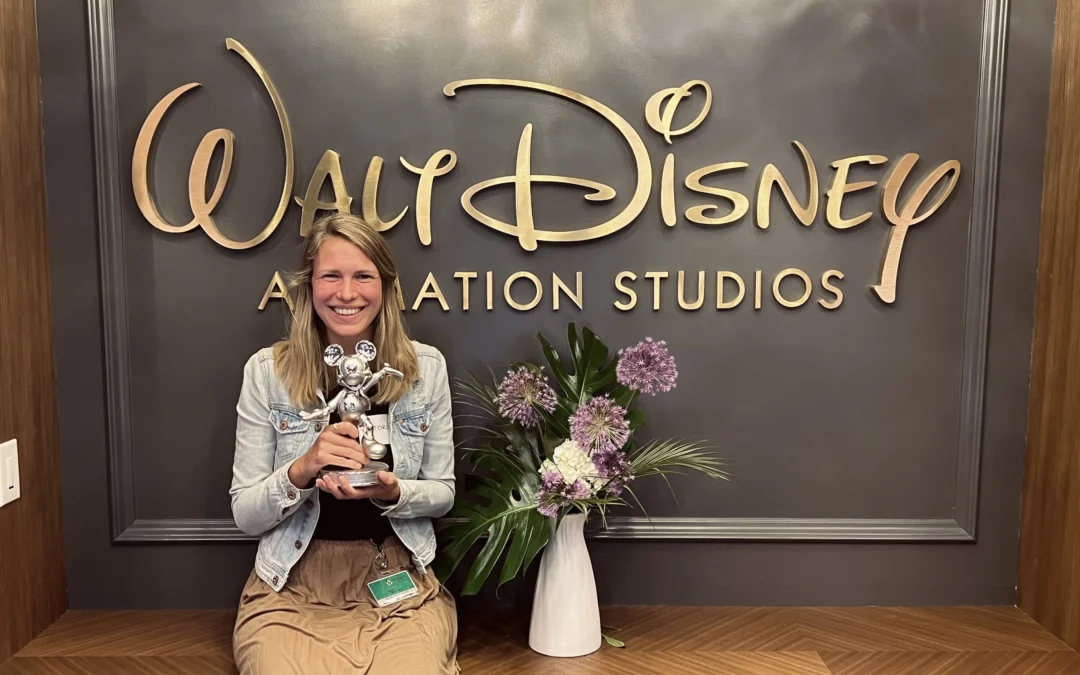Let’s kick off Blue Sky week
We are so excited to present a week of blogs from Animation Mentor alumni currently working with our friends at Blue Sky Studios. Without further adieu, we welcome Animation Mentor graduate Steve Orsini back to the Studio School. Big woot, Steve.
— The Animation Mentor Crew
Quality level
Lean on your peers and trust your supervisors. “Ask for feedback often” is something you hear all the time. It is required even more so when the quality of your animation is expected to be among the highest. Being surrounded by people a million times better than me is the best position I could be in for improving my work. You will quickly learn how the supervisors and directors think — and here at Blue Sky, they are on the same page which makes having the time to polish-to-the-max possible.
In studios with work-for-hire business models, checking your emotions at the door is all the more important because you will often find yourself redoing most shots several times over to please clients. Being attached to the way you animated something will only hold you back and waste time as you try to keep parts that might not be what they are looking for. We are not hired to animate what we want, we are hired to animate what the director wants. Expect each version to be the version that will go into the film and try your hardest even if it’s the sixth iteration because you don’t want to skimp on the one attempt that makes it in. Thankfully for us here, and most other feature animation houses, that simply doesn’t happen. Blue Sky owns the IPs, so there’s no underbidding somebody else to get the job. Chris Wedge and our supervisors are spectacular. They know what they want and compliment each other’s ideas.
New work environment
It always takes time to get your feet wet at a new company. At Blue Sky, new hires like us get a mid-level animator as a mentor to show us the ropes and a senior-level mentor who visits daily to offer more help and feedback on our shots. With that additional network of support, getting up to speed isn’t nearly as stressful as it could have been. Don’t hesitate to ask questions. Spending time figuring out a problem on your own is great for learning purposes but your project has to come out some time this century.
Give yourself a maximum of 10 or 15 minutes for a difficult technical problem, if you must, then ask for help. If I was smarter, I wouldn’t be struggling with technical issues in the first place. I was hired to animate, not fight Maya. If you have used a tool in the past that you think is slammin’, ask someone about it. There’s a good chance there is something similar if you work at a big studio — and if there isn’t, see if you can request it. Proficiency tools are very worth the company’s investment. I didn’t have GUIs at my first animation job. Now I’d look down my nose and say “shucks to you!” if I wasn’t given a GUI.
Project style
Going from the Despicable Me ride and Chuck E Cheese commercials to Epic wasn’t the biggest leap in the world but still took a different mindset. Talking to the character leads and reading the literature written by the R&D team will give you a place to start. In our case, there is always lots of development done beforehand so there is no need to waste time feeling out how the character behaves with broad guesses. Work within the rules given to you and go to dailies even if you aren’t showing your shot. You will pick up tricks and character rules abundantly, if you have time to do such.
New people
If you’re half as introverted as I am, you’re the person that waits until the stranger-passerby says hello first. You’re going to be spending a lot of late nights with those around you and it’s a lot more enjoyable when you’re all buddies. The office I’m in made it easy to bond with the seven other people there and thankfully we get a lot of visitors.
It’s also important to take time to walk around and say hello to other animators. We have a big department so you can easily go a full week without seeing a dozen people. I’m shocked to find most of my coworkers are the same artists whose reels I was constantly blown away by since first seeing their work five or more years ago. All the brilliant artists that I never thought I’d be working in the same time zone with — never mind at the same company — are super-awesome, humble, nice, and approachable!
Taking five minutes to hear a story about what it was like to work on Cloudy or Dragons or learn of the challenges they had on that one personal shot — that I saw on their reel four years ago that made me so happy I-wanted-to-cry-from-the-joy-it-brought-me — will motivate anybody and their mother. You picked a good industry. Animation attracts a lot of really great people. Don’t forget to enjoy it.



